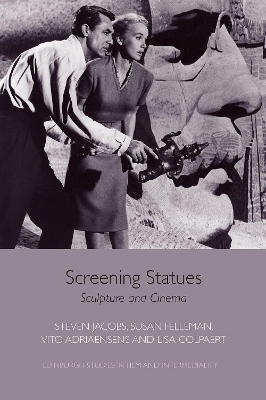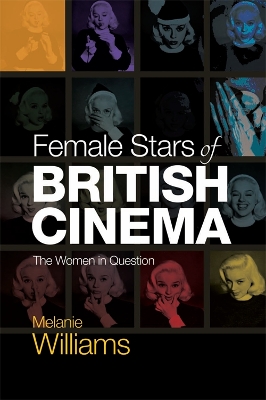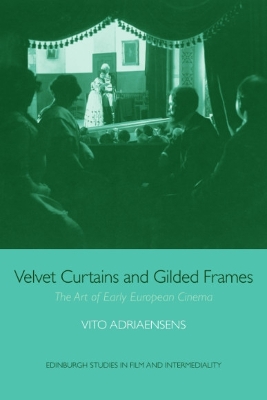Edinburgh Studies in Film and Intermediality
4 total works
Screening Statues
by Steven Jacobs, Susan Felleman, Vito Adriaensens, and Lisa Colpaert
Screening Statues: Sculpture and Cinema is the first book to focus on the relationship between sculpture and the silver screen. It covers a broad range of magical, mystical and phenomenological interactions between the two media, from early film's eroticized tableaux vivants to enigmatic sculptures in modernist cinema. Sculptures are literally brought to life on the silver screen, while living people are turned into, or trapped inside, statuary. The book examines key sculptural motifs and cinematic sculpture in film history through a series of case studies and through an extensive reference gallery of 150 different films. Considering the work of directors like Georges Melies, Jean Cocteau and Alain Resnais, as well as films like House of Wax, Jason and the Argonauts and Clash of the Titans, this is an innovative exploration of two different media, their artistic traditions and their respective theoretical paradigms.
Global Migrations
by Angela McCarthy, John MacKenzie, Vito Adriaensens, and Lisa Colpaert
Female Stars of British Cinema
by Melanie Williams, Vito Adriaensens, and Lisa Colpaert
Sheds new light on the late 19th and early 20th century's cultural context
Innovatively brings together different media, their artistic traditions, and their respective theoretical and discursive paradigms
Presents an alternative history of early European cinema by analyzing it from an inclusive art historical perspective
Thoroughly explores the first European feature films' cinematic form and function
Velvet Curtains and Gilded Frames explores the intermedial context of early cinema. It tackles the first European feature films' intricate relationship with its sister arts to reveal that the period referred to by historians as the long nineteenth century" was one in which Bourgeois Realism reigned supreme. The nineteenth-century rise of the middle class coincided with realism becoming the dominant artistic mode in both form and content, leading to a revival of genre painting in the art academies; the supremacy of the social melodrama on the stage; and the advent of Pictorialism in photography. In its quest for artistic legitimacy, European filmmakers sought to win over middle-class audiences with films based on popular works of art - the first "art films" - by employing similar visual and narrative strategies as its artistic counterparts.
"



